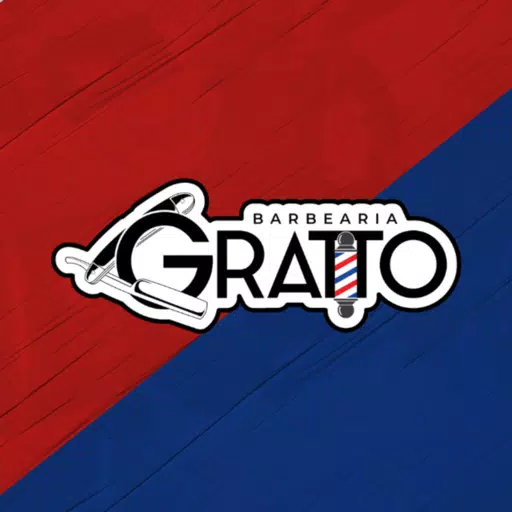Minecraft Flower Species Unveiled: A Guide to Enhance Search Visibility
This guide explores the diverse uses of Minecraft's floral bounty, from dye creation to landscape enhancement and even rare species collection. Let's delve into the unique properties and applications of various flowers.
Table of Contents
Poppy | Dandelion | Allium | Rose Bush | Wither Rose | Peony Bush | Lily of the Valley | Tulip | Azure Bluet | Blue Orchid | Cornflower | Torchflower | Lilac | Oxeye Daisy | Sunflower
Poppy
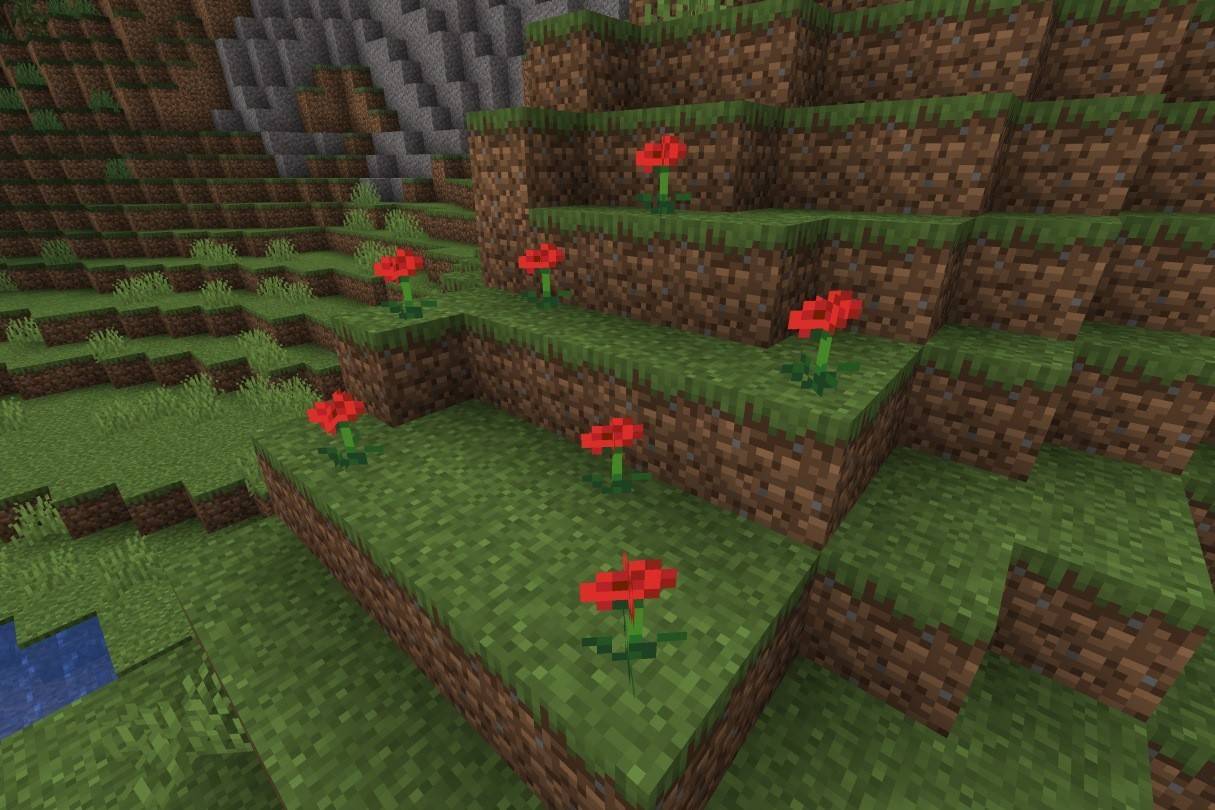 Image: ensigame.com
Image: ensigame.com
Replacing the original "rose" and cyan flowers, poppies are readily found in various biomes and even dropped by Iron Golems. Their primary function is crafting red dye, essential for coloring banners, beds, wool, sheep, and wolf collars.
Dandelion
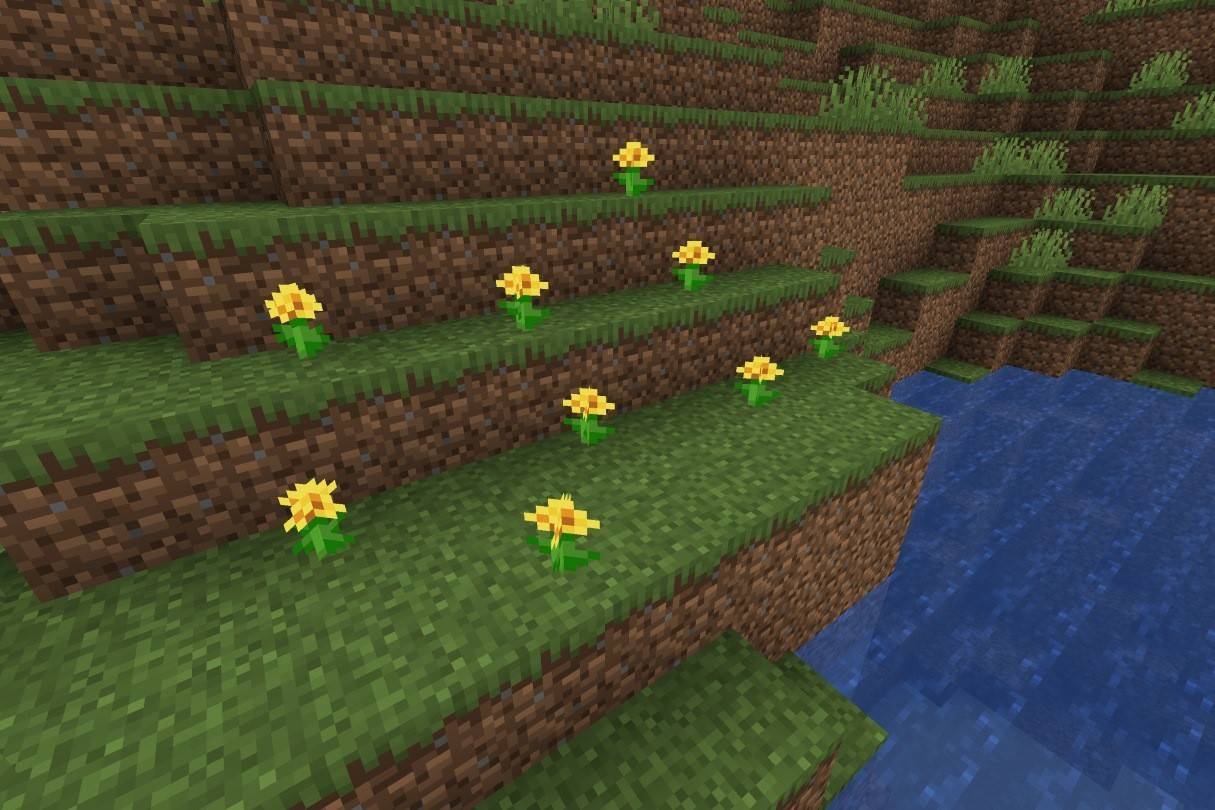 Image: ensigame.com
Image: ensigame.com
These vibrant yellow flowers, absent from marshes and ice plains, are a key source of yellow dye. While yielding one dye unit, sunflowers provide double the amount. Perfect for brightening up banners and wool.
Allium
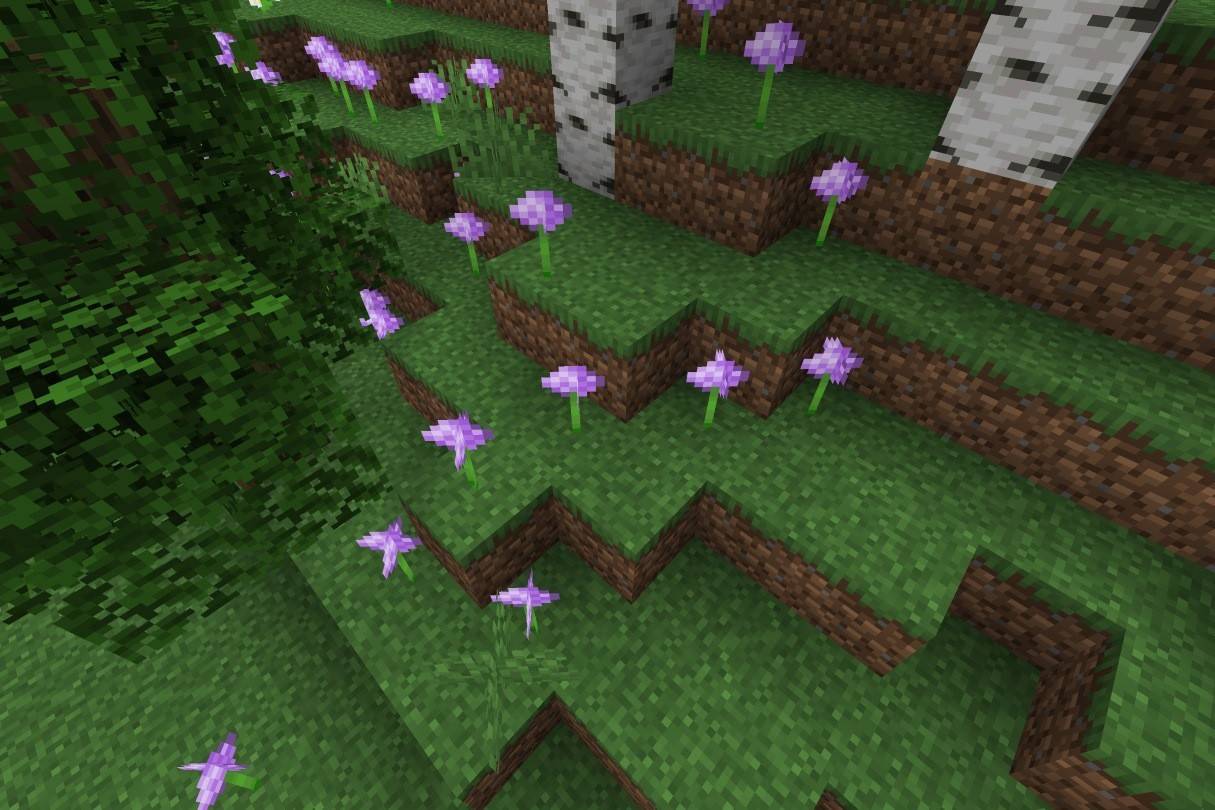 Image: ensigame.com
Image: ensigame.com
Native to flower forests, alliums produce magenta dye, crucial for coloring mobs and crafting magenta stained glass, terracotta, and wool. A striking addition to any build.
Rose Bush
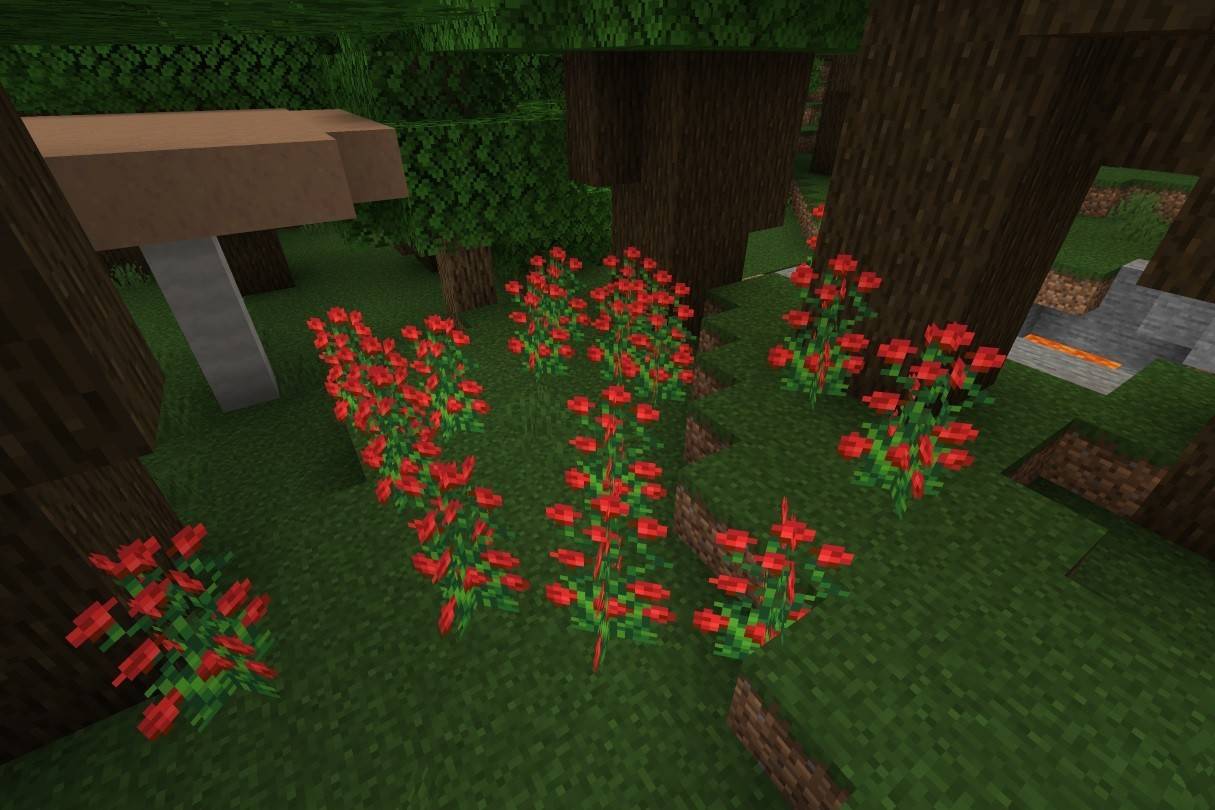 Image: ensigame.com
Image: ensigame.com
A two-block-high flower found in wooded biomes, rose bushes provide red dye for wool, banners, beds, and leather armor. A safe and visually appealing landscaping choice, unlike its dangerous counterpart.
Wither Rose
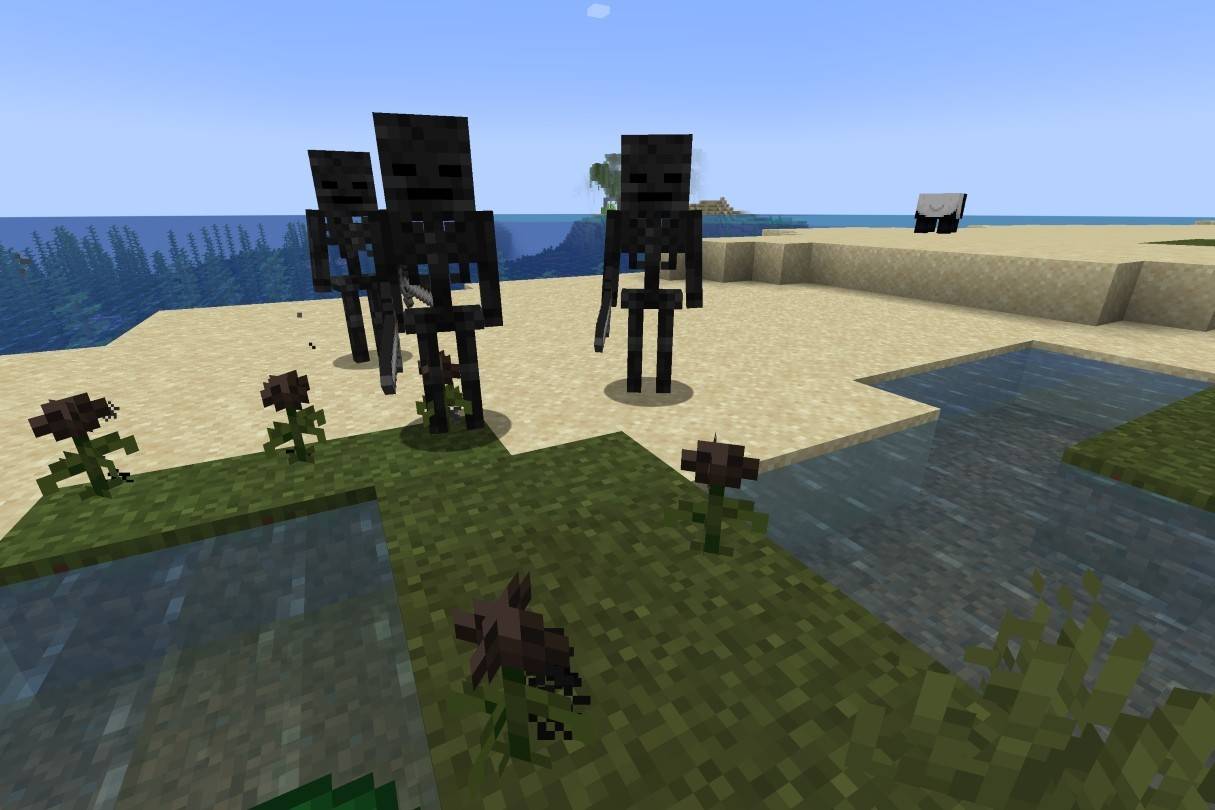 Image: ensigame.com
Image: ensigame.com
Generated by the Wither or rarely found in the Nether, the wither rose inflicts the Wither effect upon contact. However, it's the source of black dye, used for coloring leather armor, terracotta, banners, beds, wool, firework stars, and black concrete powder. Milk negates the Wither effect.
Peony Bush
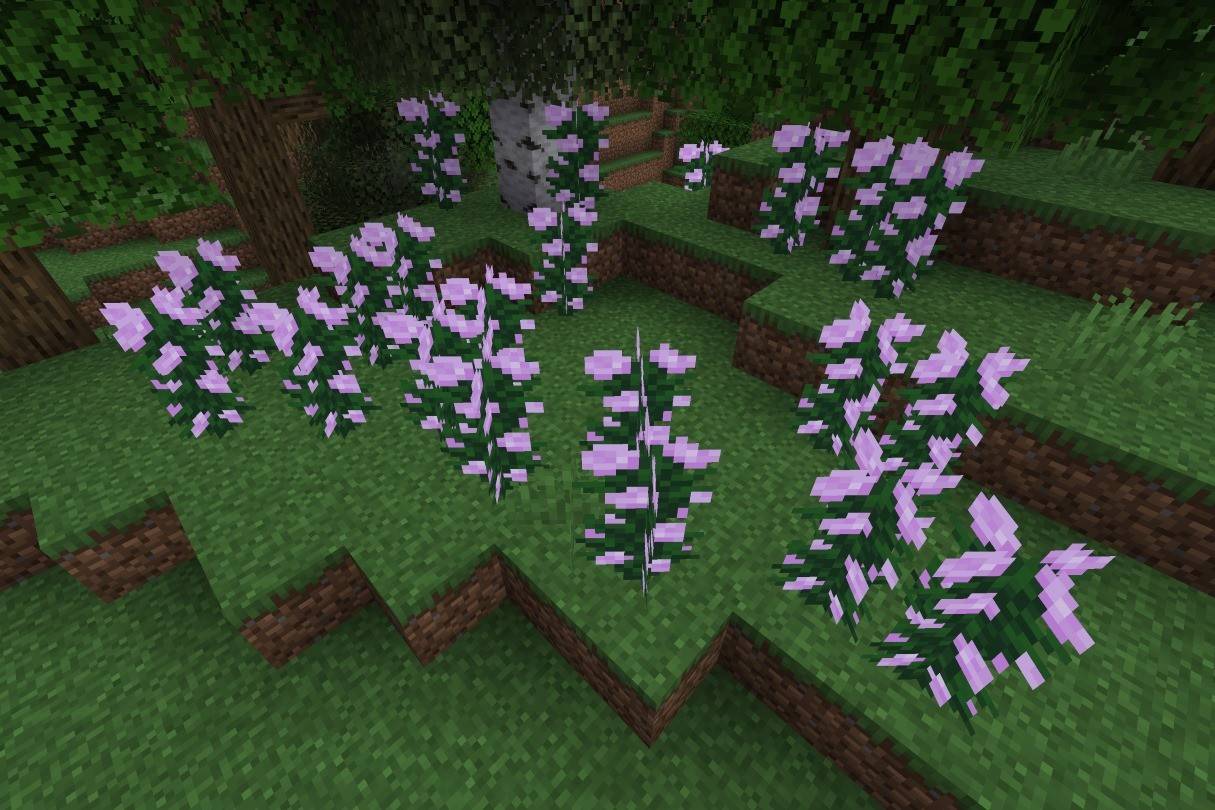 Image: ensigame.com
Image: ensigame.com
These tall, pink flowers, found in woodland biomes, yield pink dye (also craftable from red and white dye). Propagatable with bone meal, they offer versatile decorative options.
Lily of the Valley
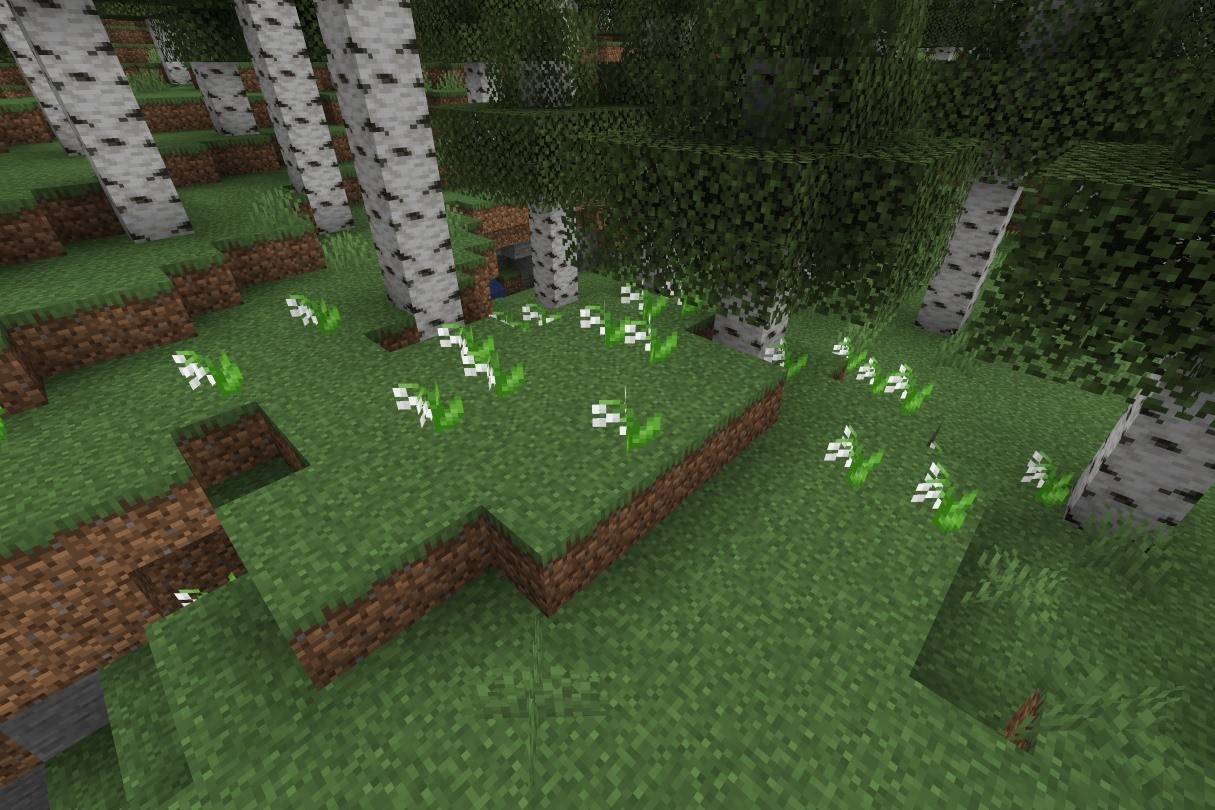 Image: ensigame.com
Image: ensigame.com
Found in forests and flower forests, lilies of the valley produce white dye, a base for creating other dyes, and useful for coloring wool, banners, beds, terracotta, and wolf collars.
Tulip
 Image: ensigame.com
Image: ensigame.com
Available in red, orange, white, and pink varieties, tulips offer diverse dye options, providing extensive customization possibilities.
Azure Bluet
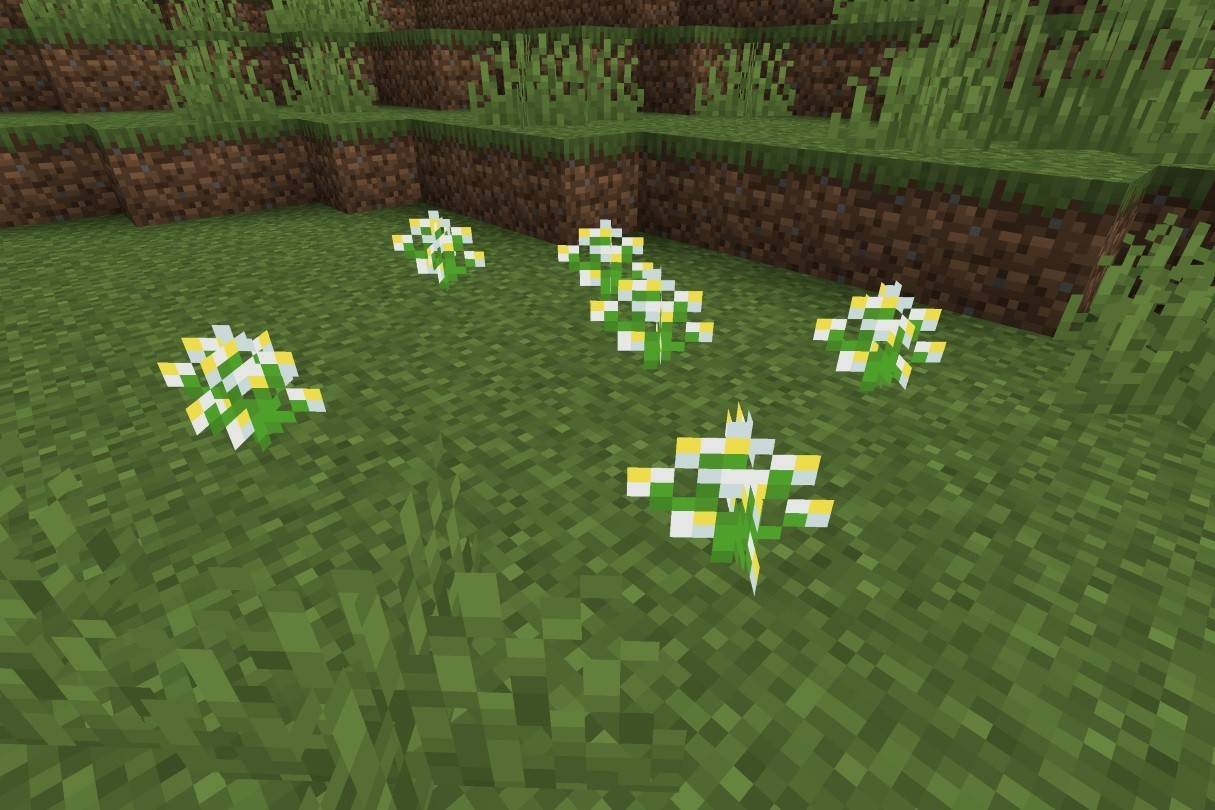 Image: ensigame.com
Image: ensigame.com
This small flower, found in grasslands and flower forests, produces light gray dye.
Blue Orchid
 Image: ensigame.com
Image: ensigame.com
A rare flower found in swamps and taigas, the blue orchid is a source of light blue dye.
Cornflower
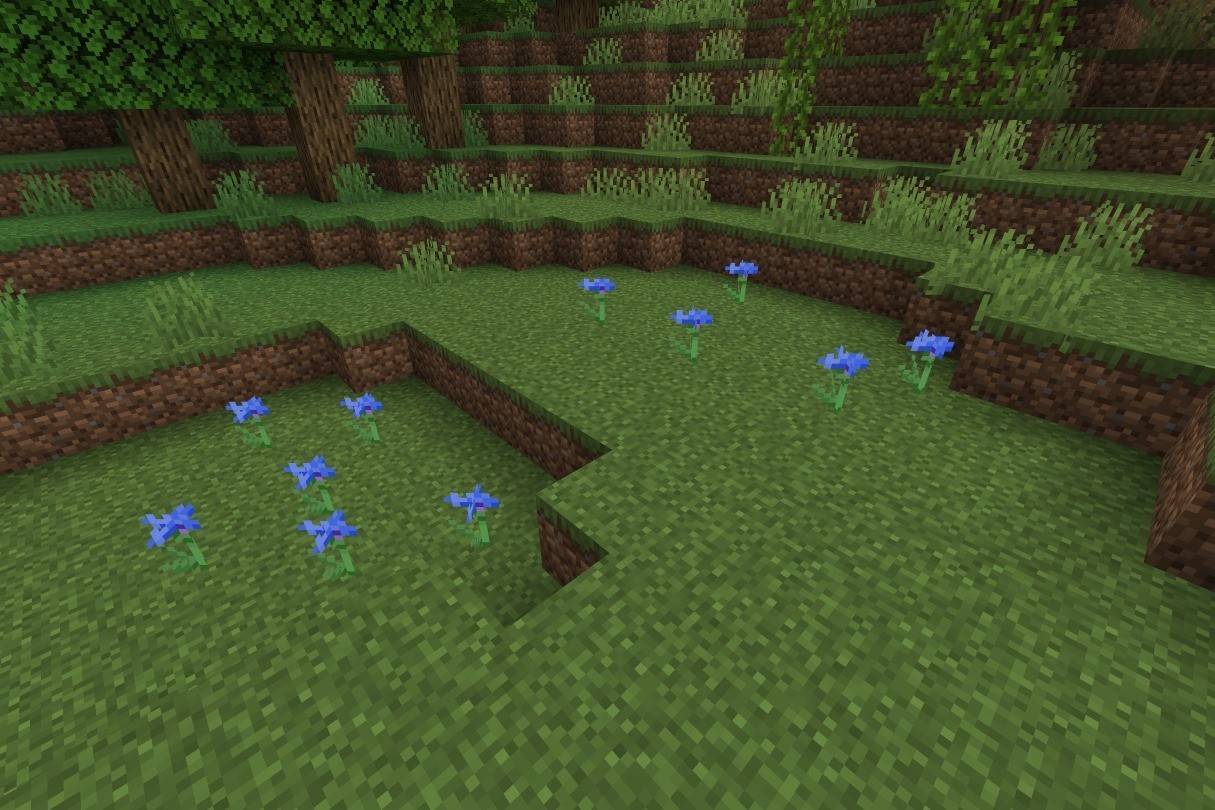 Image: ensigame.com
Image: ensigame.com
Cornflowers, found in plains and flower forests, yield blue dye for coloring wool, glass, and terracotta.
Torchflower
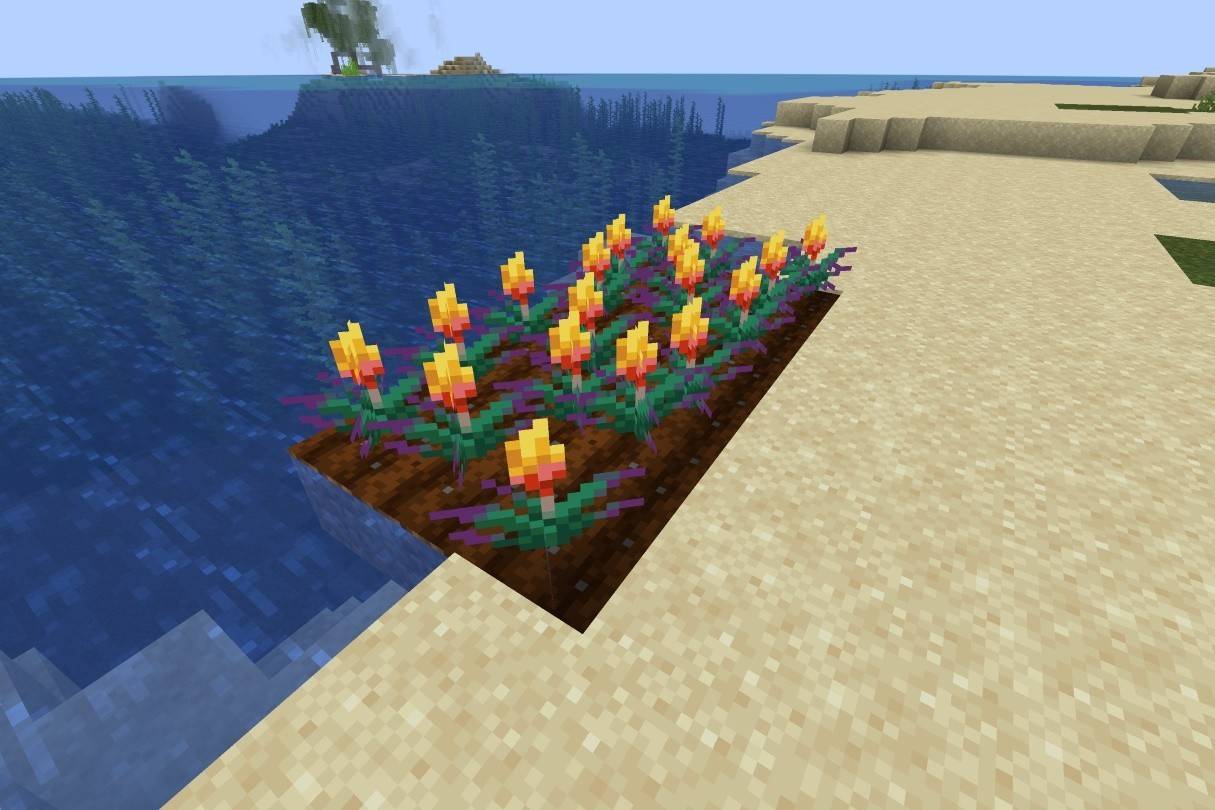 Image: ensigame.com
Image: ensigame.com
Producing orange dye, torchflowers are not naturally generated and cannot be spread with bone meal in Bedrock Edition. In Java Edition, endermen can carry and drop them.
Lilac
 Image: ensigame.com
Image: ensigame.com
These tall, light-purple flowers are found in various forest biomes and create magenta dye.
Oxeye Daisy
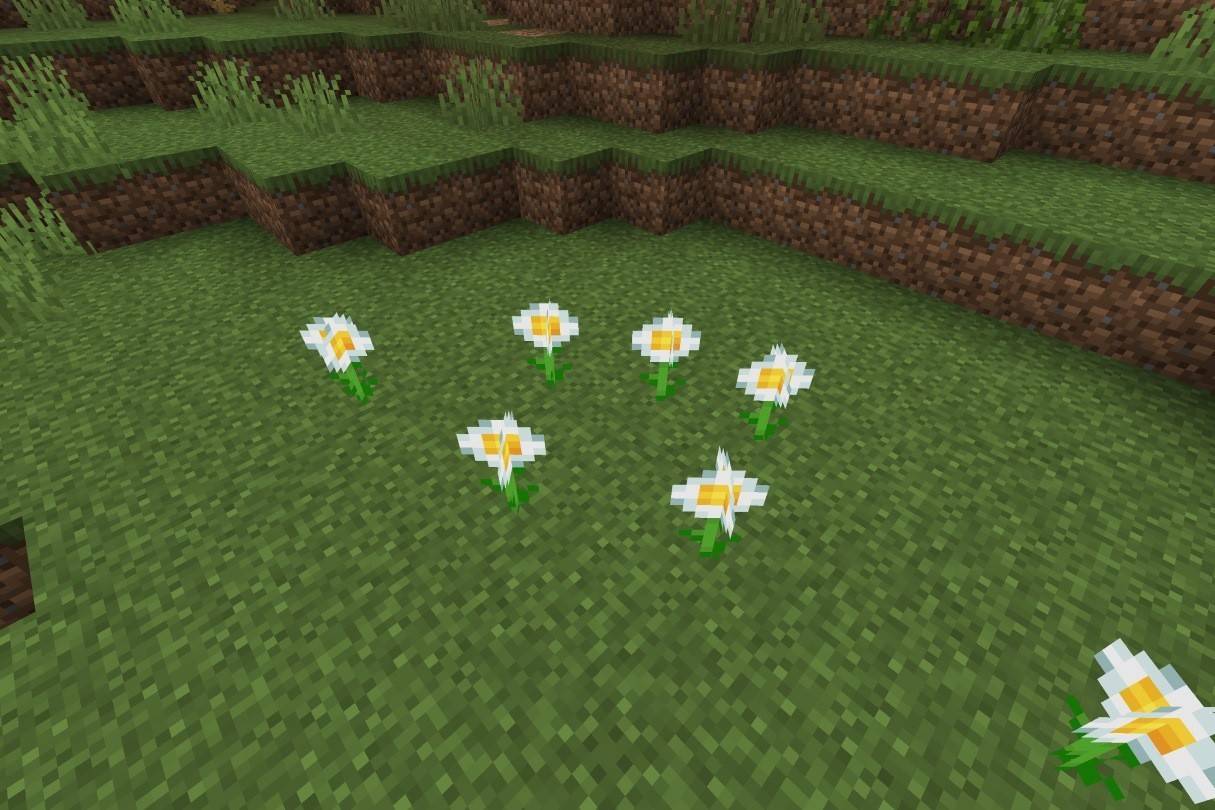 Image: ensigame.com
Image: ensigame.com
Oxeye daisies, found in plains biomes, yield light gray dye and are useful for decorative purposes.
Sunflower
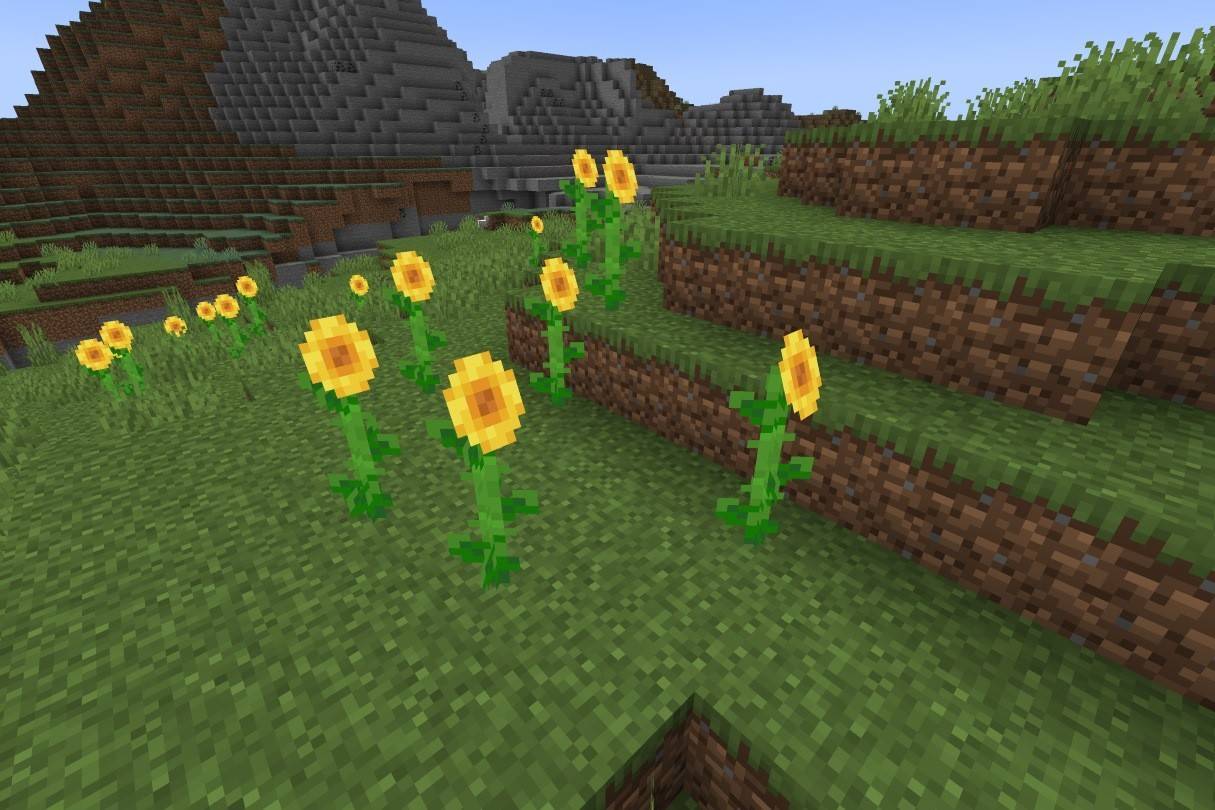 Image: ensigame.com
Image: ensigame.com
Sunflowers, found in sunflower plains, provide yellow dye and are useful for navigation due to their eastward orientation.
These flowers offer a wealth of possibilities within the Minecraft world. Explore their uses and unlock their full potential!
-
1

GTA 6 Set for Fall 2025 Release, CEO Confirms
Apr 03,2025
-
2

First ALGS in Asia Emerges in Japan
Jan 19,2025
-
3

Roblox: CrossBlox Codes (January 2025)
Mar 04,2025
-
4
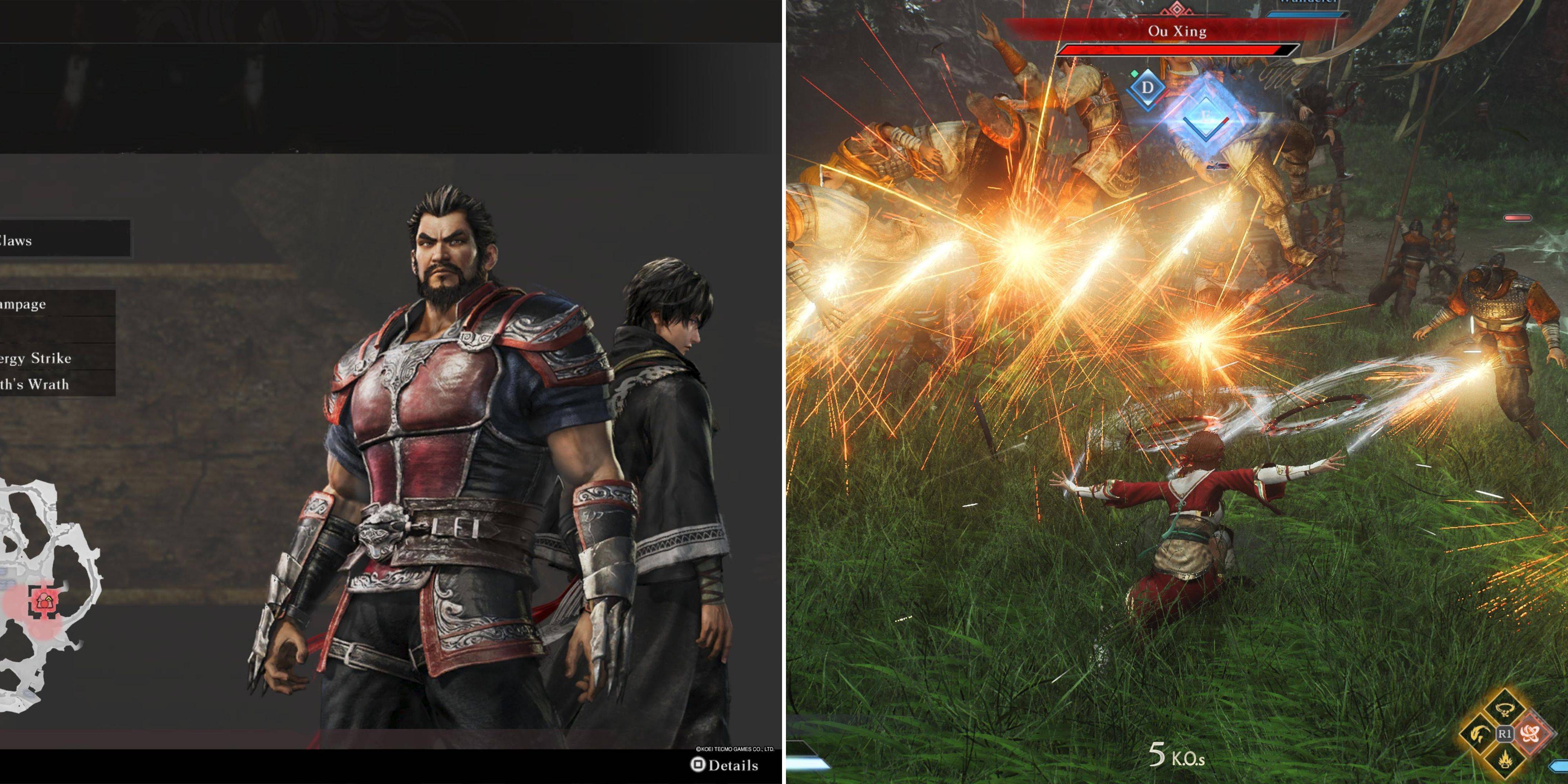
Introducing the Ultimate Guide to Seamless Character Swapping in Dynasty Warriors: Origins
Feb 25,2025
-
5
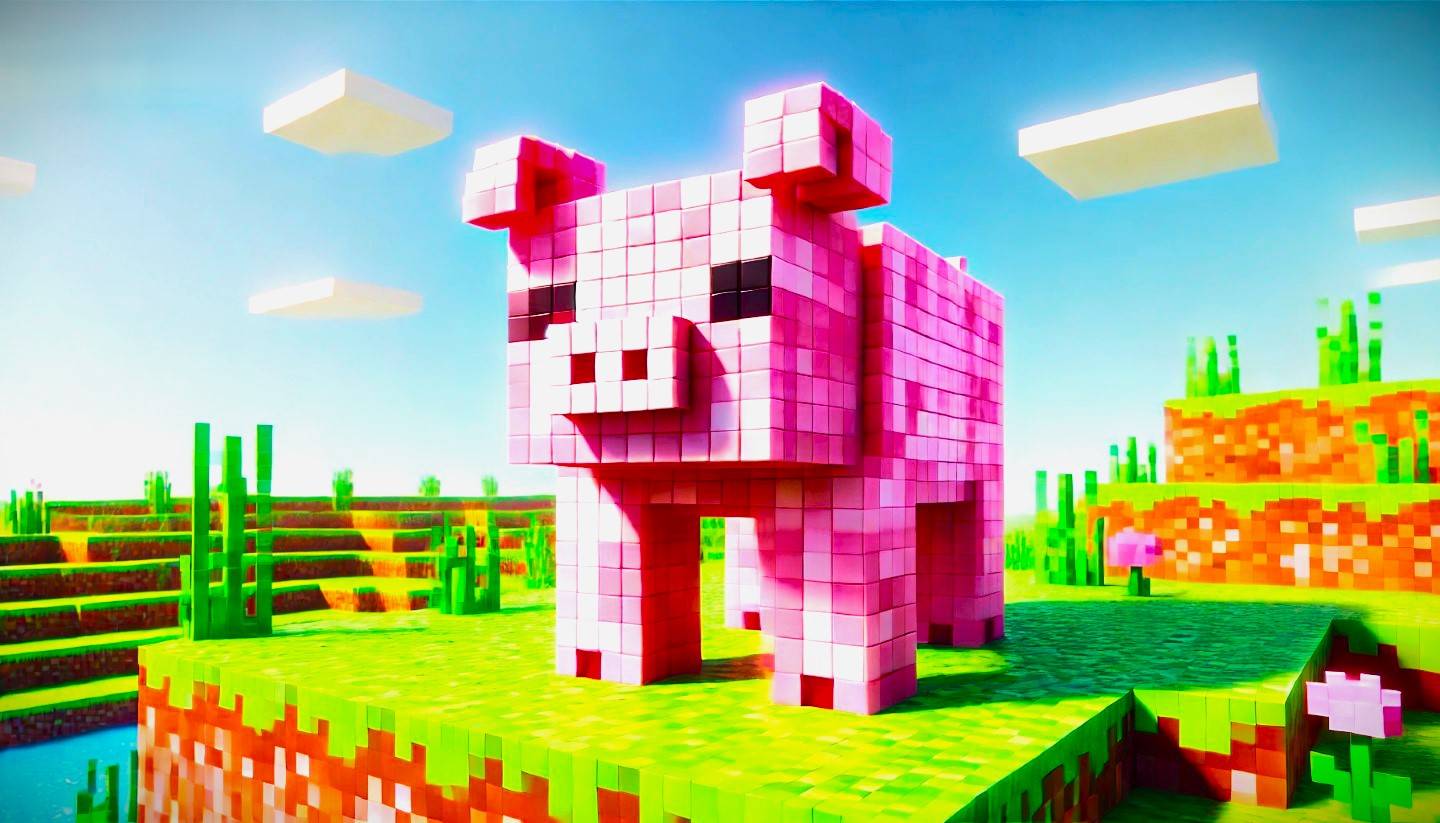
Cute mobs in Minecraft: pink pigs and why they are needed
Mar 06,2025
-
6

Max Hunter Rank in Monster Hunter Wilds: Tips to Increase
Apr 04,2025
-
7

Capcom Spotlight Feb 2025 Showcases Monster Hunter Wilds, Onimusha and More
Apr 01,2025
-
8
![Roblox Forsaken Characters Tier List [UPDATED] (2025)](https://img.jdzca.com/uploads/18/17380116246797f3e8a8a39.jpg)
Roblox Forsaken Characters Tier List [UPDATED] (2025)
Mar 05,2025
-
9

Delta Force Mobile: Beginner's Guide to Getting Started
Apr 23,2025
-
10
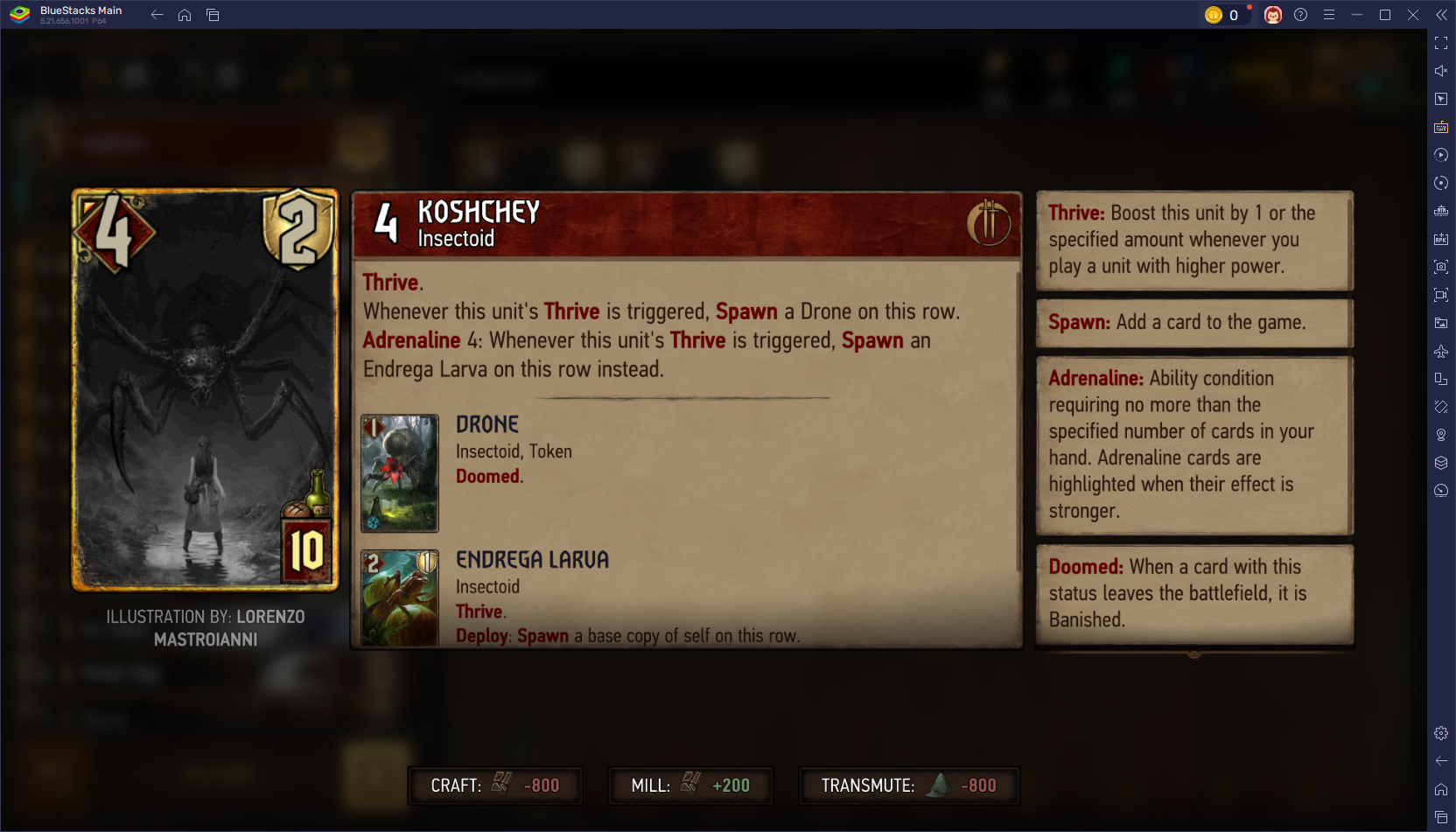
Gwent: Top 5 Witcher Decks (2025 Update)
Mar 13,2025
-
Download

Portrait Sketch
Photography / 37.12M
Update: Dec 17,2024
-
Download

Friendship with Benefits
Casual / 150.32M
Update: Dec 13,2024
-
Download
![[NSFW 18+] Sissy Trainer](https://img.jdzca.com/uploads/16/1719638919667f9b874d57e.png)
[NSFW 18+] Sissy Trainer
Casual / 36.00M
Update: Dec 11,2024
-
4
F.I.L.F. 2
-
5
슬롯 마카오 카지노 - 정말 재미나는 리얼 슬롯머신
-
6
Shuffles by Pinterest
-
7
Pocket Touch Simulation! for
-
8
Life with a College Girl
-
9
Chubby Story [v1.4.2] (Localizations)
-
10
Hunter Akuna






